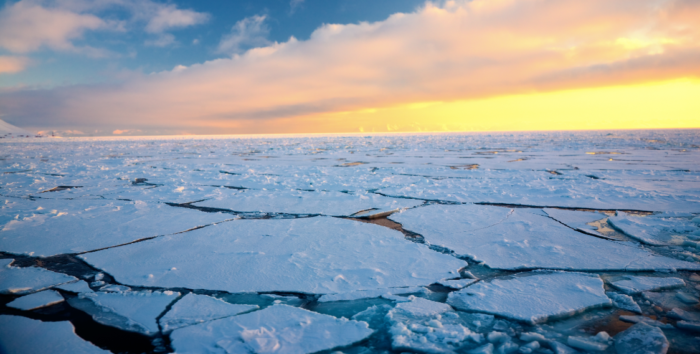The Arctic Council and the Arctic Economic Council conducted their first joint meeting in Reykjavik, October 9, bringing together stakeholders to discuss the future of Arctic, marine transportation and blue economy.
Recently, Arctic Circle commented that although the route has experienced an increased economic growth the last years, it affects population, as many are those who are moving out.
Specifically, participating in the council were government representatives of the eight Arctic States, business representatives, as well as representatives of the indigenous Permanent Participants, and the Councils’ respective Working Groups.
Earlier this year, the two councils signed a Memorandum of Understanding, setting the base on how the two Councils can better cooperate on their shared goals.
The meeting is a step towards the cooperation between the two councils and focused on common Arctic issues, including marine transportation and blue economy, telecommunications connectivity, responsible resource development and mainstreaming biodiversity, as well as on responsible investments and corporate social responsibility.
The issues that were discussed during the meeting mark the current challenges that the Arctic faces, given that the Arctic is a sensitive area that has to be protected.
States Ambassador Einar Gunnarsson, Chair of the Arctic Council’s Senior Arctic Officials commented
The overarching theme of our Arctic Council Chairmanship is ‘together towards a sustainable Arctic’ and by definition this includes environmental, social and economic efforts. The Arctic Council has focused much of its work on environmental protection and the well-being of Arctic inhabitants.
Recently, in light of Arctic’s protection, CMA CGM along with Hapag Lloyd announced that they will both end their shipments through the Northern Sea Route, to protect the environment and tackle global warming.
Heiðar Guðjónsson, Chair of the Arctic Economic Council, added that
The development of our societies and value creation in the Arctic are dependent on sustainable growth based on the scientific foundation to which the Arctic Council has contributed greatly. Arctic businesses play an important role in the development of growth, value creation, and employment opportunities in our communities.
The Arctic has been coping with many difficulties these days following climate change and global warming; In essence, a video was published by NASA and the National Snow and Ice Data Centre highlighting that Arctic ice reached its minimum extent of 1.60 million square miles (4.15 million square kilometers) on 18 September, which is the second lowest summertime extent in the satellite records.






























































